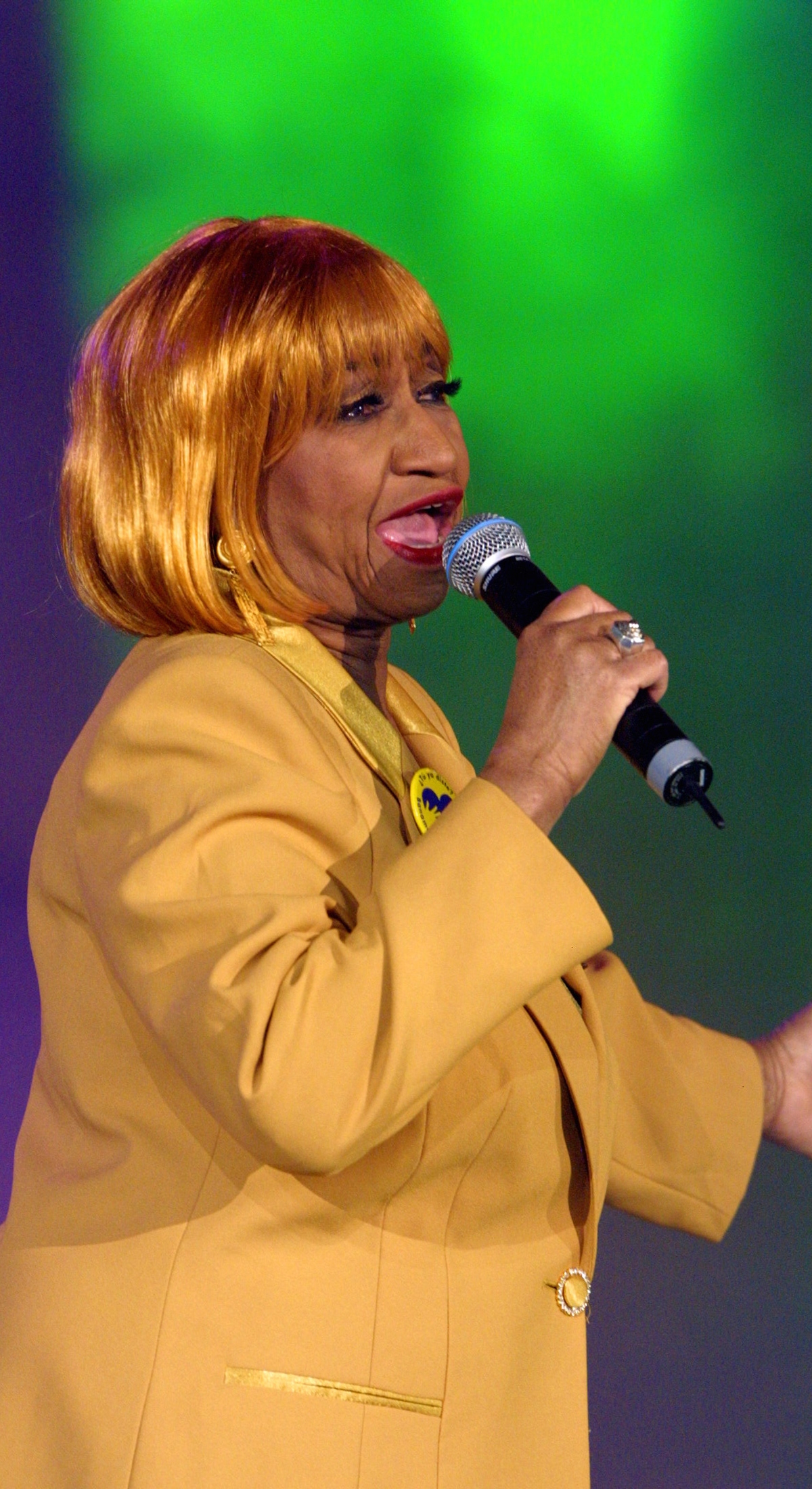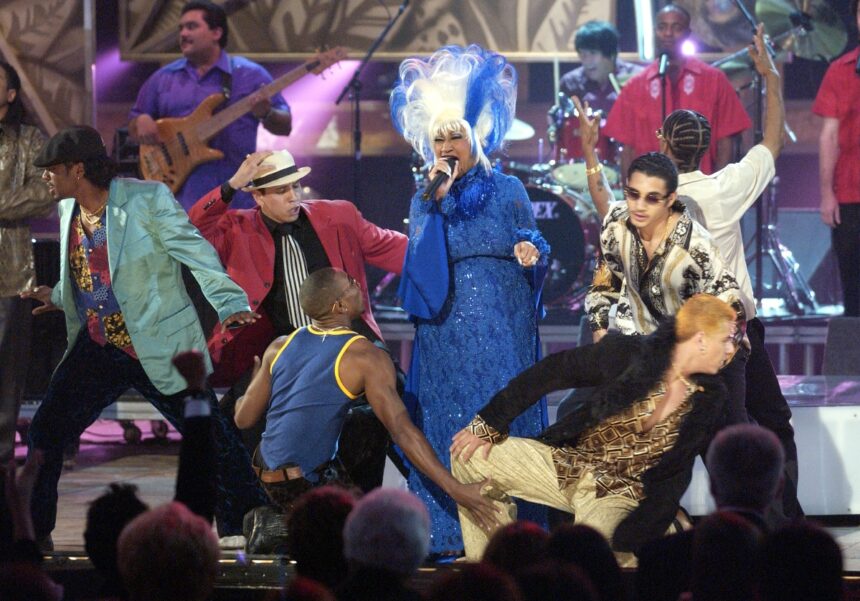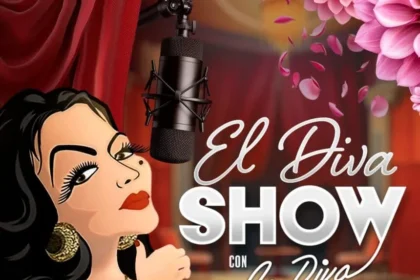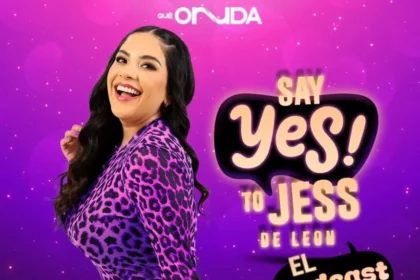Tropical music and its dances have been fundamental pillars of U.S. Hispanic culture, acting as an intergenerational bridge and keeping Caribbean and Latin American roots alive.
Genres such as salsa, merengue and cumbia not only provide entertainment, but also strengthen identity and community cohesion.
Sauce

Salsa is a musical fusion that combines Afro-Cuban and Caribbean rhythms and elements of Afro-American jazz.
Although its roots are in Cuba and Puerto Rico, it was in New York City during the 1960s and 1970s that this genre was consolidated and gained popularity.
The Latino community, especially Puerto Rican and Cuban immigrants, played a crucial role in its development.
Artists such as Celia Cruz, known as the “Queen of Salsa”, and Héctor Lavoe brought this genre to international audiences, fusing musical traditions with urban experiences.
Today, contemporary artists continue to incorporate salsa elements into their productions, keeping the genre relevant to new generations.
Merengue

Originally from the Dominican Republic, merengue is known for its fast and energetic rhythms.
This genre became popular in the United States through Dominican communities, especially in cities such as New York.
Merengue has found a special place in the celebrations of the Hispanic community in the United States, being indispensable in social events and festivals.
Its influence has transcended borders, and artists of diverse origins have adopted and adapted merengue in their repertoires.
The leading exponents of this genre are Juan Luis Guerra, Wilfrido Vargas and Elvis Crespo.
Cumbia

Cumbia, born in Colombia, has evolved and has been adapted in several Latin American countries.
In the United States, especially in Mexican and Central American communities, cumbia is a symbol of cultural identity and a constant presence in everyday life.
Its contagious rhythm and its ability to merge with other genres have allowed cumbia to remain current and appreciated by different generations.
Celso Piña, Los Ángeles Azules and Carlos Vives are some of the greatest exponents of cumbia.
Impact of the dance

La salsa, el merengue y la cumbia fortalecen la identidad y la cohesión comunitaria
QuéOnnda
The dance associated with these genres is not only an artistic expression; it is a way of keeping traditions alive and strengthening community ties.
Events such as the Chicago Latin Dance Festival highlight the importance of dance in cultural preservation, featuring genres such as flamenco, tango and indigenous dances.
In addition, initiatives such as Ballet Hispanico, founded in 1970 by Puerto Rican-Mexican-American choreographer Tina Ramirez, celebrate Latino communities through dance, promoting inclusion and respect for cultural diversity.
In the digital era
With the proliferation of streaming platforms and social networks, tropical music has found new audiences.
Contemporary artists fuse traditional rhythms with modern sounds, ensuring that these genres remain relevant and accessible to new generations.
For example, collaborations between traditional musicians and popular artists have revitalized genres such as the Puerto Rican plena, bringing them to international audiences and highlighting their cultural importance.
Tropical music and its dances not only entertain, but also serve as pillars of U.S. Hispanic cultural identity, reflecting a rich heritage and continually adapting to modern times.
For more information, visit QuéOnnda.com.














